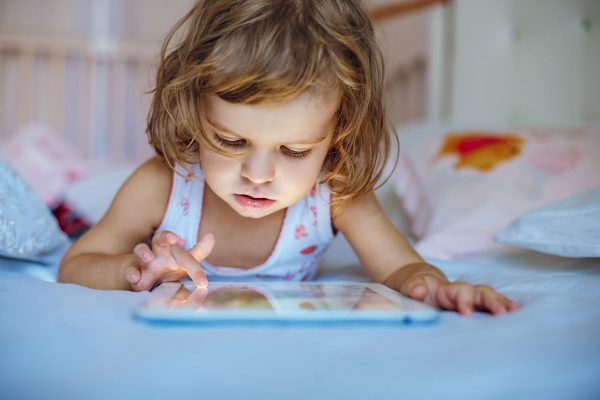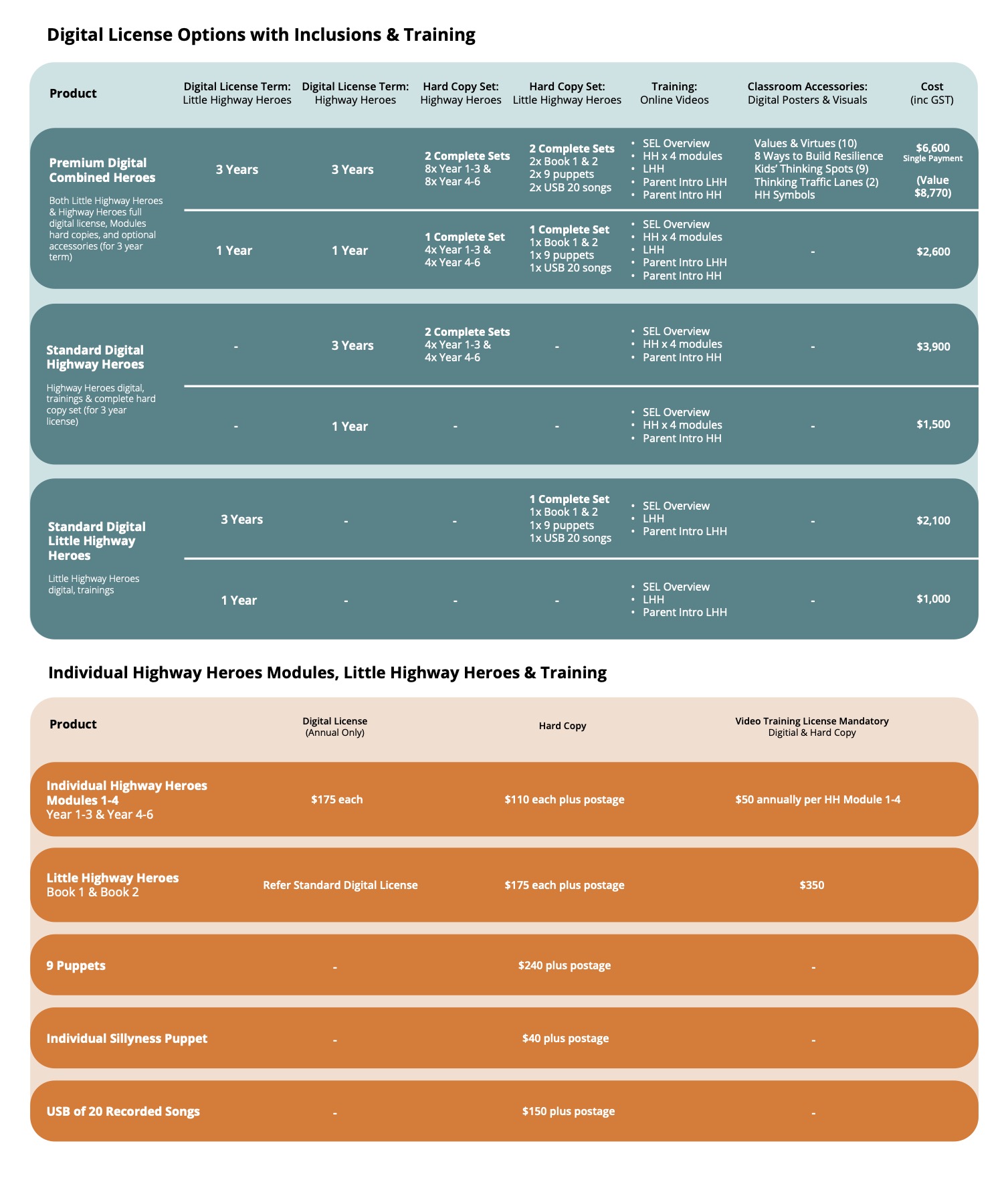As parents, what is it that we want most for our children as they grow towards adulthood? Happiness, success in their learning endeavours, friendships, the ability to make good decisions, a healthy dose of resilience to cope with life’s inevitable bumps and knocks, self-acceptance, the ability to look after themselves – physically, socially and emotionally too?
The pathway towards all of this is laid in the very early years of a child’s life; the first 3 years of life are often called the critical period and in that time the foundations for everything you want and dream for your child are laid.
So, how does screen time impact that? Let’s take a look and make some very informed decisions about how and when to introduce screens to our young ones.
The incredible little brain
Your child’s brain is amazing – and it’s developing right before your eyes. A very important part of their brain is the pre-frontal cortex – right behind the forehead. This part of the brain helps your child to decode the social world around them and to respond appropriately – it’s called Executive Functioning. Through their range of real-world relationships, right from birth, your child’s pre-frontal cortex is being stimulated to learn empathy, turn taking, reading non-verbal cues like facial expression and tone of voice, it’s learning to calm your child down, to help them to plan and organize their time, their resources. Some pretty essential life skills are learned through every day real-world experiences.
Off-screen and on-screen learning – they’re different
Off-screen interactions are different. They’re usually slower, they require both/all parties to bring their attention to a shared focus. That focus might be present, slightly removed or being talked about in its absence. Let’s use the humble book share as an example. Slowly the story unfolds as the pages turn. Your child learns to sit and listen to your voice, to watch where your finger is pointing, to make the connection between a word and a picture. Your child points and uses a word or a sound and you respond. It’s called serve and return and it’s what every single human brain needs to exercise its cognitive muscle – the thinking part of the brain that helps with learning and regulating behaviour.
Now, let’s look at what this looks like on-screen. Quick-fire images, communication with no clarification and limited interaction, spoon-fed sounds and words and pictures. Your child is not working to take in, sort out and store the information – it’s all being done for them. They’re not having to learn to wait, to check their learning and to respond to feedback. It’s bright, it’s quick and it’s very addictive for little brains for a number of reasons – not many of which are particularly good for them.
When your little person is swiping images, having colours and shapes pop up without having to wait for the turn of a page their brain is loving it. In measured doses – it’s all good, but for extended periods of time you might just be changing their success in their adult life – not in a good way. Here’s why.
The addictive allure of the screen
The neurotransmitter dopamine is a key component in our Executive Functioning and most certainly part of our reward system. When dopamine hits the brain and we’re positively stimulated it’s extremely addictive – we want more. For little children – and let’s face it, for every adult, when the screen lights up with its bings and beeps, likes and pictures, the immediately gratified brain responds with glee and wants more. The on-screen world is cleverly programmed to be addictive – even for adults. Who can resist flicking on the screen when an alert or notification comes in?
Real-world connections require a bit more work, a bit more waiting and too much screen time can lead to a preference and craving for the quick-fire hits and dopamine-rewards offered by the screen. Almost everyone will have witnessed the little child in full meltdown because a screen has been removed or it is not part of the play offerings – well, it speaks to the brain’s love of those addictive dopamine hits.
Getting the balance right
Let’s not throw the baby out with the bath water here. A little bit of screen-time amidst a lot of off-screen time is fine. Every parent will know the need to go to the toilet alone – just once in the day, take an important call or get the family meal underway. Using the all-engaging screen for those short periods of time can be educational, fun and certainly provide a bit of parental breathing room. Spending time with your child as they access the screen is another way to improve the learning because you and they are communicating and engaging about the screen content.
Young children who spend too much time on-screen are at risk – socially, emotionally and in their learning too. Making friends requires all the skills of the well-developed pre-frontal cortex. Learning takes time and repeated effort. The rewards are slow and cumulative and staying power is needed in buckets. Emotional self-regulation and resilience is dependent on little children experiencing their environment, falling over, taking acceptable risks and having another go.
And we haven’t even covered the sedentary nature of children as they sit for hours interacting with a screen – or their exposure to the blue light radiation that changes sleep patterns and behaviour. A discussion for another article in this series – so make sure you check back for the growing range in this series.
More information
This article is one of a growing BEST series of Good Digital Parenting resources – and a host of others in our ‘Blog’ that cover every aspect of childhood social, emotional and learning wellbeing. We invite you to read, download and share in your parenting communities. Print these resources off and take them to your child care, your school, your workplace. Never has it been more important to be fully informed about managing our own and our children’s off-line and on-line lives. For a library of great resources, we also encourage parents to head over to the website of the Office of the Children’s e-Safety Commissioner www.esafety.gov.au.



1 Comment. Leave new
[…] screen time is important. You can read more about the social impact of too much screen time in THIS Good Digital Parenting article but let’s look at the impact of blue light radiation this […]